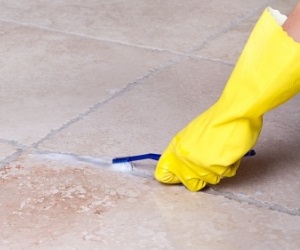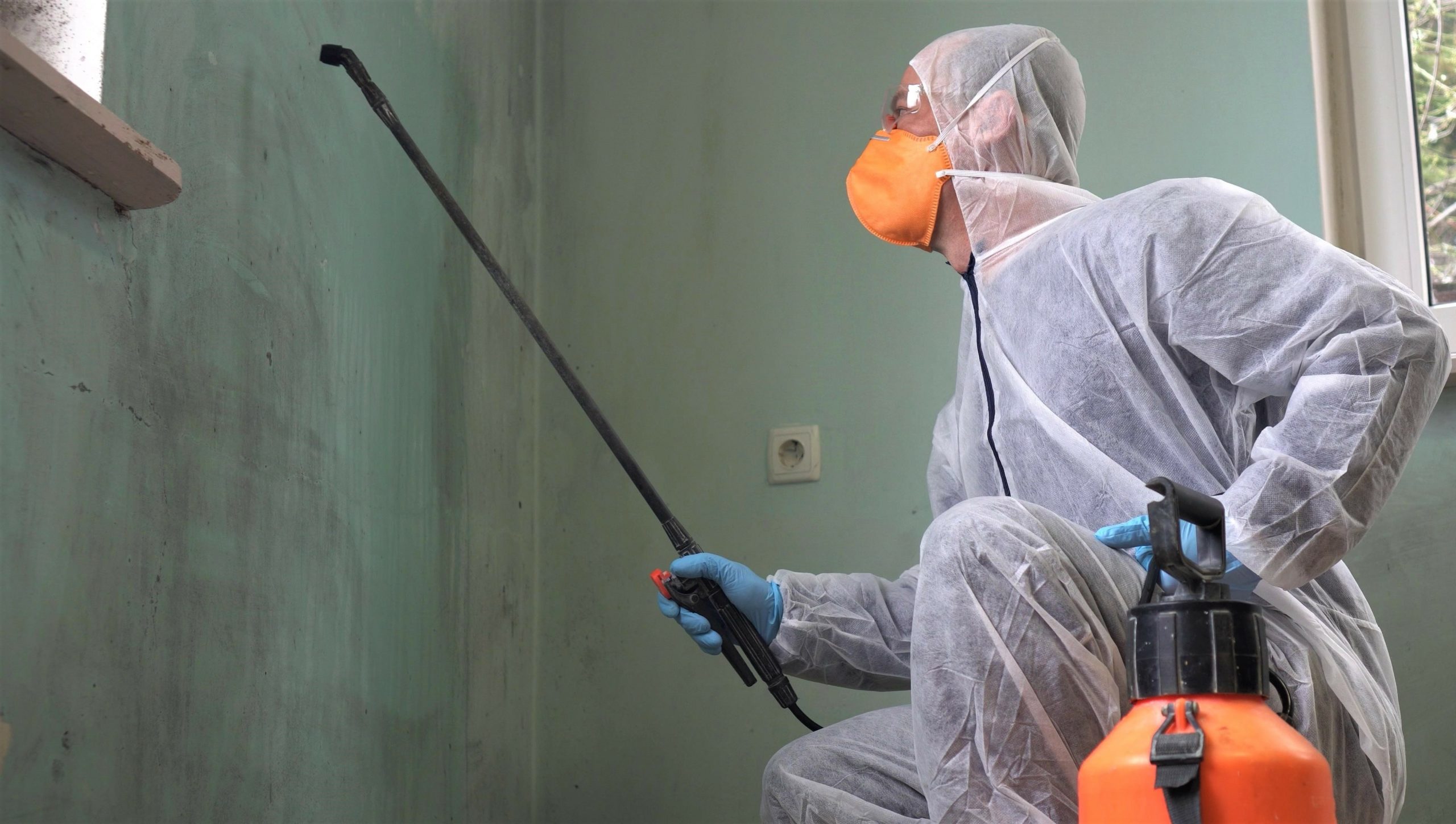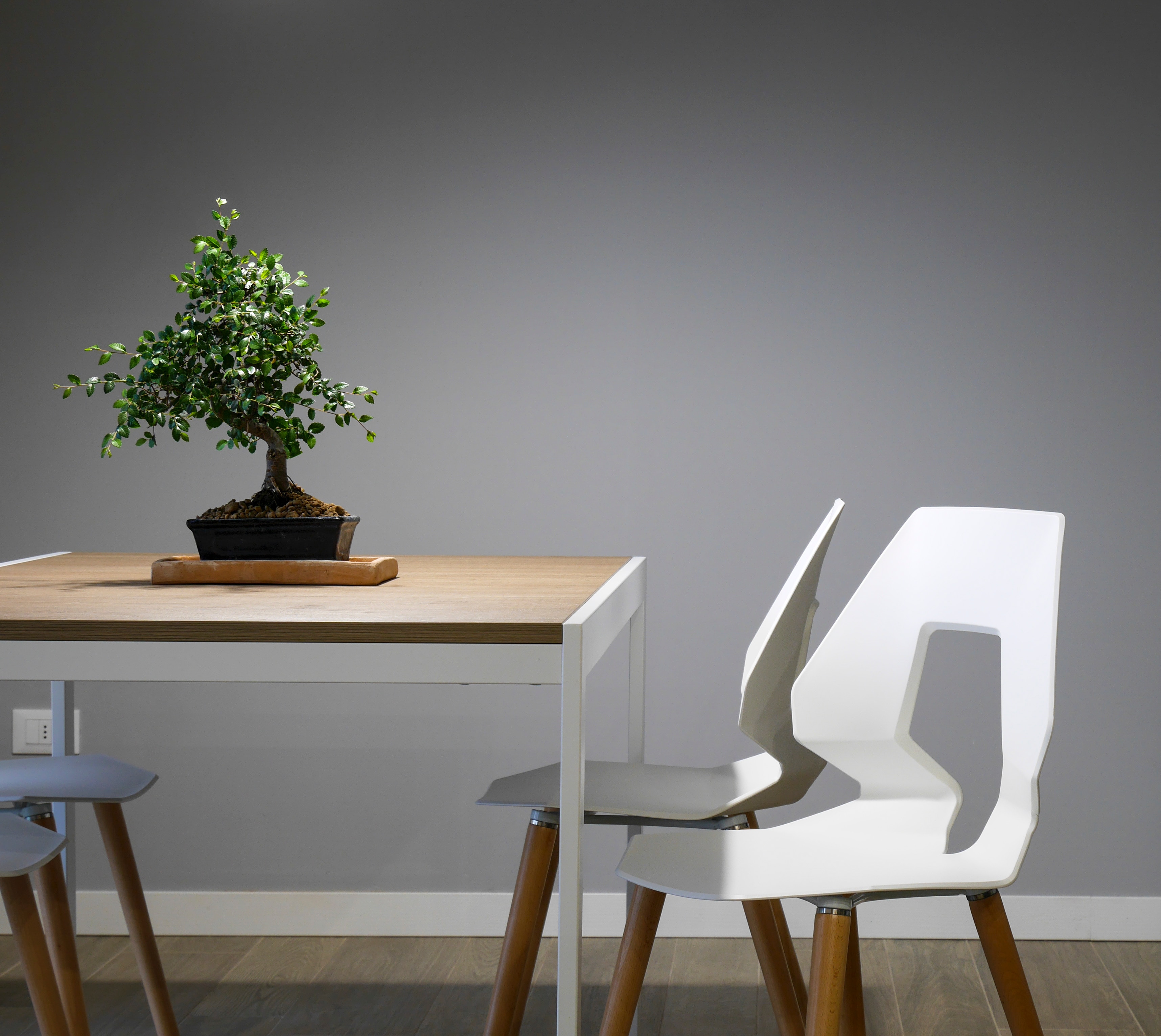Clean dirty grout with spray-and-vac systems rather than bleach for a better and longer-lasting clean.
One cleaning challenge that is a nuisance for most cleaning professionals is grout problems, especially in gym locker rooms and in older restrooms with poor ventilat ion.
Different cleaning systems, tools, and techniques are available, when mold, mildew, and bacteria are present, but cleaning professionals invariably use a mop, a brush, and a high-pH cleaner such as bleach to clean the grout.
While bleach has certainly served us well, using it and these traditional tools can prove unhealthy, especially in a poorly ventilated area, and even counterproductive as the mop becomes soiled.
 According to Matt Morrison, Communications Manager for Kaivac, using a high-pH cleaner such as bleach can have other detrimental effects as well.
According to Matt Morrison, Communications Manager for Kaivac, using a high-pH cleaner such as bleach can have other detrimental effects as well.
“While the bleach may make the grout look clean and kill contaminants, using it on a regular basis can break down the sealer which was applied to the floor to help prevent grout soiling and discoloring.”
Another concern is that if the mold, mildew, and bacteria return in a short period of time, it may indicate the substrate behind the tile is damp and holding water.
“This may have also been caused by the overuse of a high-pH cleaner,” adds Morrison. “Once the grout is compromised or the sealer damaged, it becomes a comfortable home for contaminants, and the entire floor may need to be re-grouted.”
To avoid these problems, Morrison suggests the use of spray-and-vac (no-touch) cleaning systems now available to essentially pressure wash the floor.
“While a cleaning agent may be necessary, it may even be possible to thoroughly clean the tile and grout without one, making this a very environmentally friendly way to clean grout.”
After cleaning, allow the grout to thoroughly air dry, and then apply a quality sealer within 24 hours.
“Thereafter,” Morrison says, “clean with a spray-and-vac system on a regular basis, avoid using strong cleaning agents or mops, and reseal the grout once per year…problem solved.”






